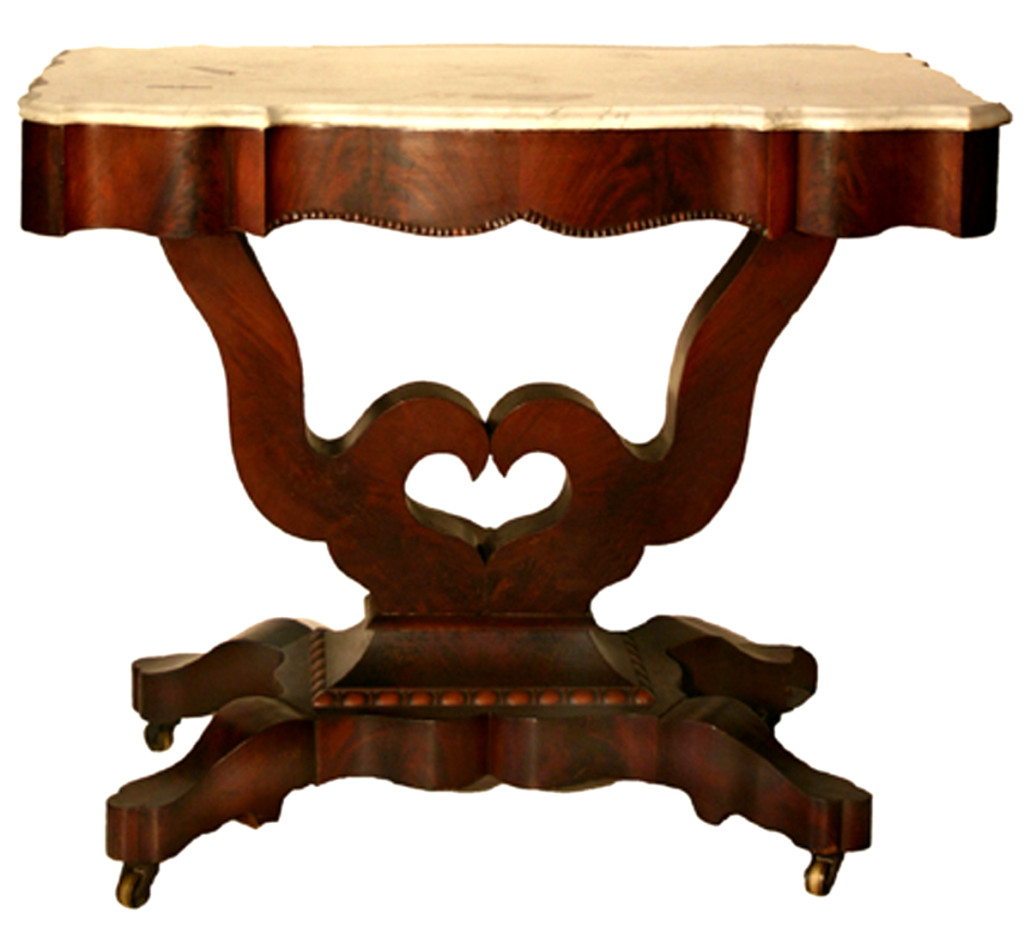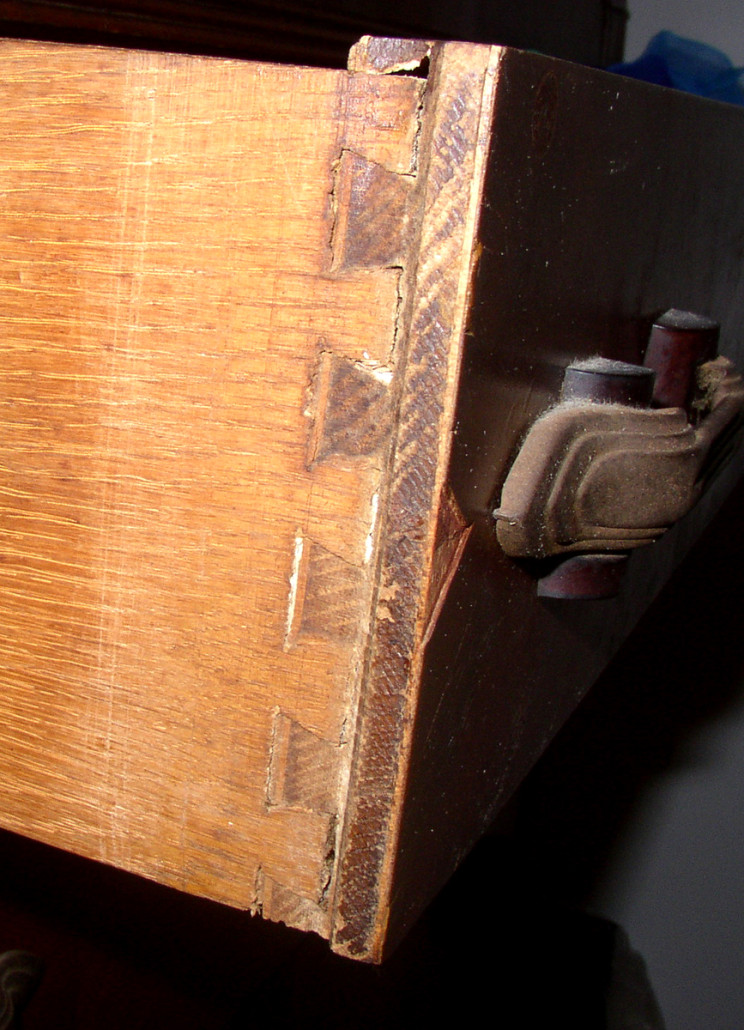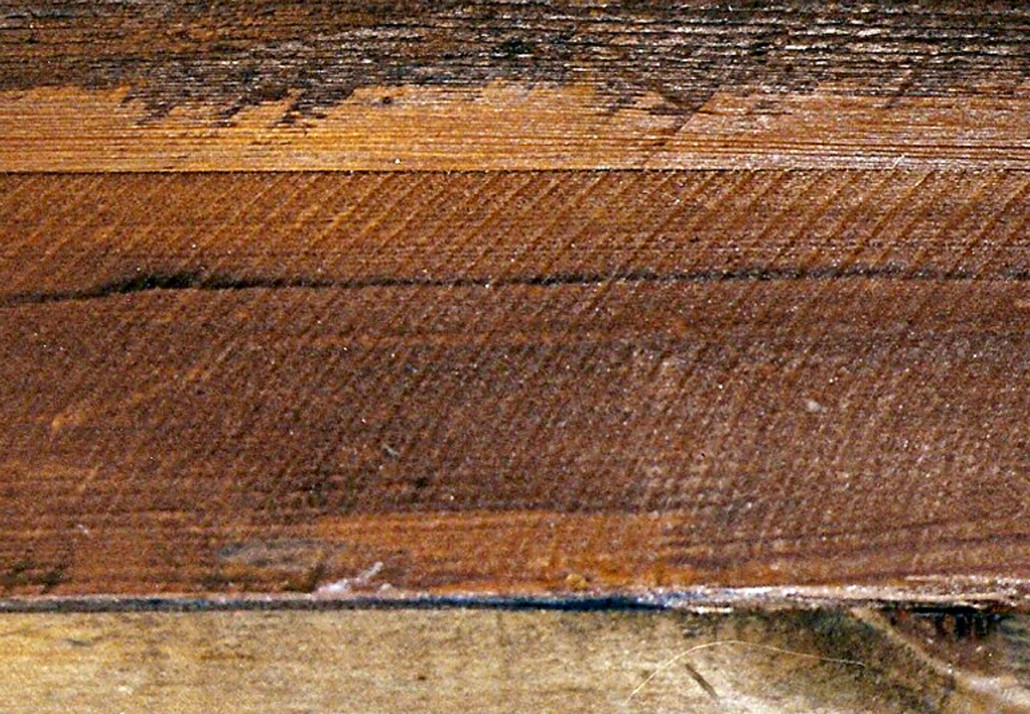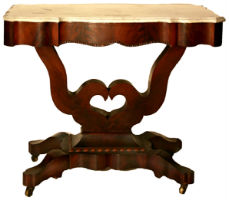
CRYSTAL RIVER, Fla. – In today’s environment, both in business and at home, we cannot help but be impressed with the level of technology in our lives. My laptop computer not only allows me to do research and write about it when and where I choose. My cell phone can reach out to almost anyone in the world and my digital phone system at home will flash a message across my television screen identifying who is trying to reach me by telephone.
The other modern wonders in most of our lives are almost too many to enumerate and in most places have become almost commonplace and unremarkable. We have learned to mark time by technological innovation. My son was born before we had a home computer. I remember our first cordless phone and my first TV set, which was black and white. And my list goes on for years and decades, as I am sure does yours.
In the world of furniture there have been major turning points based on technology and innovation that in retrospect seem to be intuitive and based on common sense, but it took a long time and hard work to reach the level of furniture manufacturing expertise we possess today.
Here are but a few of the major technological breakthroughs in furniture history even though they did not make the local papers or evening news and were often slow to take root.
One of the major advances in furniture construction was the development of a reasonably sound method to construct a drawer. While a smoothly operating drawer can easily be taken for granted, it really is a complicated critter to build from scratch. It can be viewed as a six-sided box with an opening, which must fit exactly into another six-sided box (the case), and must be able to be withdrawn and replaced effortlessly at will. The key is the type of joint that allows this type of abuse.
After centuries of struggles with rabbet joints, flush joints, nailed joints and half-mortise joints, at long last the dovetail joint arrived in the mid-17th century. When properly executed this joint had the unique feature of providing its own self-locking wood-to-wood interface without benefit of iron hardware. The angled surfaces of the pins and tails of the dovetail provide a tight grip on each other and securely hold the drawer side to the drawer front with no intrusion into the narrow space needed along the sides to slide in and out of the case. Since the William and Mary period the dovetail joint, whether handmade or machine-made, has been the linchpin of drawer technology.

The next great breakthrough took nearly another hundred years to show up. Even after the dovetail joint was developed, the wood to be joined was still rough cut in some fashion, whether it was riven, cut on a pit saw or ripped on a mill saw. In 1777 an Englishman named Samuel Miller is given credit for inventing the rotating metal disk with a type of toothed cutting edge that became known as the circular saw. In America in 1813 a Shaker, Sister Tabitha Babbit in Massachusetts is credited with applying the technology to large-scale sawmill use. By 1815 a portable hand-cranked circular saw was offered in Philadelphia to local craftsmen and by the 1830s the use of the circular saw in lumber dimensioning was well established. Its distinctive semi-circular kerf marks are unmistakable. No other dimensioning device leaves a signature like it.

So much for straight line dimensioning work. The circular saw seemed to be the last word. But what about some of the fancy stuff? Not all furniture is made out of straight cut lumber and if you have ever tried to cut an arc on a table saw (a stationery circular saw) you know how dangerous and ineffective it can be. Until the early 19th century all radial cuts had to be made using a handsaw. Englishman William Newberry received an English patent in 1809 for his idea of a continuously toothed flexible metal band that could be used to execute curved cuts. The problem was that metallurgical technology was not up to the task. It took another 37 years for Mme. Crepin of France to develop the brazing technique for joining the ends of the blade in 1846 and another 15 years for a Frenchman, A. Perrin, to produce a workable flexible blade with brazed ends.
But that little detail of a faulty blade did not stop craftsmen from working on and patenting band saw designs throughout the 19th century. Most of the designs concentrated on methods of controlling the tension and flex of the fragile blade. United States patents for band saw frames and band saw blades were issued in 1836, 1838, 1849, 1851, 1857, 1858, 1863 and 1866. Meanwhile entrepreneurs like Joseph Meeks & Sons pressed on with the primitive band saw equipment of the 1830s and 1840s to produce an entirely new line of ready made pillar and scroll furniture featuring the sweeping cyma curves of the style in the hand-colored 1833 broadside. The style became known as Late Classicism and owes no small amount to the improvements of band saw technology. By the late 1860s the technology was well set with the patent issued to Paul Pryibil of New York in 1866, and later innovation came in small increments after that with the exception of the addition of electricity in the early 20th century.
By the late 19th century innovation in basic tools and techniques was stable and attention turned to the medium itself rather than ways to work it. History is replete with examples of “engineered” wood products for use in furniture dating as far back as the Egyptian pharaohs whose tombs sometimes contained laminated wood articles. European artisans of the 17th and 18th centuries are credited with working in what strongly resembled modern-day plywood, and John S. Belter, J. and J.W. Meeks and other makers of Rococo Revival furniture in America in the 1850s and 1860s used lamination to create the elaborate pierced carved examples, but the first American patent for plywood was issued in late 1865 to John Mayo of New York. It was reissued in 1868. But that patent and most of the interest in plywood for the rest of the century and well into the early 20th century was based on veneer core plywood that consisted of an uneven number of primarily softwood veneers of equal thickness glued together in alternating layers to produce what amounted to a the equivalent of door panels. This process used three layers of veneer.
Around the turn of the century the furniture industry became aware of the usefulness of another type of plywood, lumber core plywood. This process used a solid piece of lumber such as birch or poplar as the core and added two layers of veneer above and below the core. The final layer on the “show side” of the plywood was veneered in an expensive wood such as walnut or mahogany while the underlying layers were basswood or gum. This version of plywood not only was a “furniture grade” engineered product but it was also load bearing and could be used as tabletops, desk surfaces and structural components. Lumber core plywood was the basis for most American furniture made from 1900 to the late 1950s.

While these technological innovations have not been earthshaking in and of themselves, they have added to the wealth of the knowledge base and have allowed the production of well-made yet reasonably priced furniture.
__
By FRED TAYLOR
Send comments, questions and pictures to Fred Taylor at P.O. Box 215, Crystal River, FL 34423 or email them to him at info@furnituredetective.com. Visit Fred’s newly redesigned website at www.furnituredetective.com and check out the new downloadable “Common Sense Antiques” columns in .pdf format.
His book “How To Be a Furniture Detective” is available for $18.95 plus $3 shipping. Send check or money order for $21.95 to Fred Taylor, P.O. Box 215, Crystal River, FL 34423.
Fred and Gail Taylor’s DVD, “Identification of Older & Antique Furniture” ($17 + $3 S&H) is also available at the same address. For more information call 800-387-6377 (9 a.m.-4 p.m. Eastern, M-F only), fax 352-563-2916, or info@furnituredetective.com. All items are also available directly from his website.



